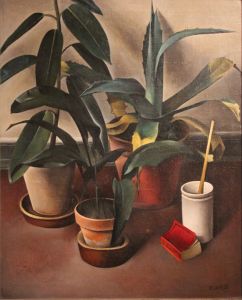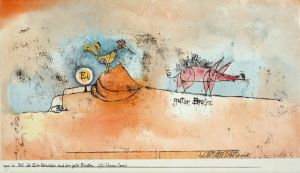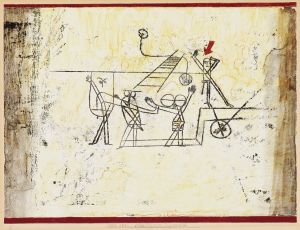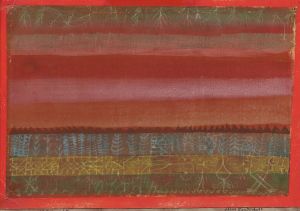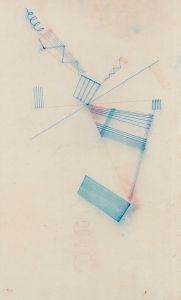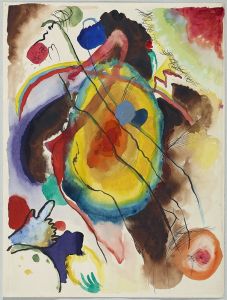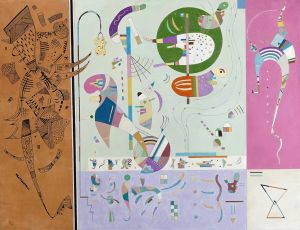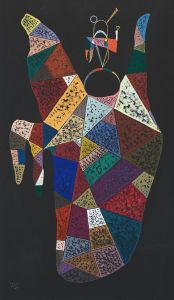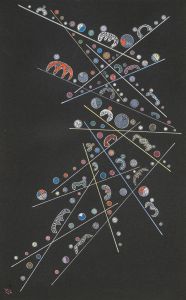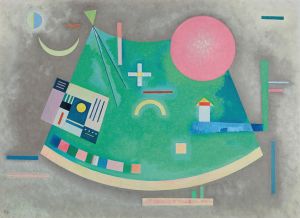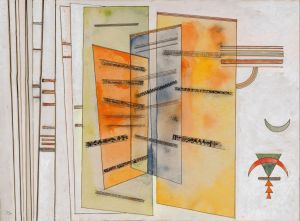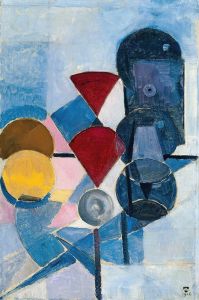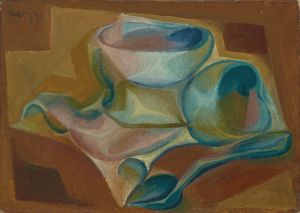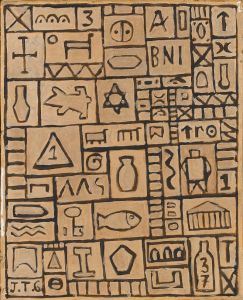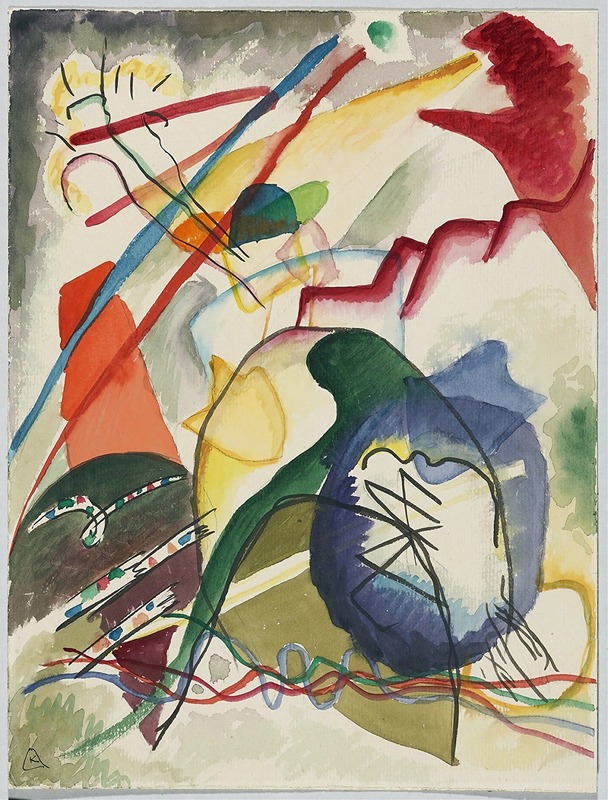
Draft for ‘Picture with a white border’ I
A hand-painted replica of Wassily Kandinsky’s masterpiece Draft for ‘Picture with a white border’ I, meticulously crafted by professional artists to capture the true essence of the original. Each piece is created with museum-quality canvas and rare mineral pigments, carefully painted by experienced artists with delicate brushstrokes and rich, layered colors to perfectly recreate the texture of the original artwork. Unlike machine-printed reproductions, this hand-painted version brings the painting to life, infused with the artist’s emotions and skill in every stroke. Whether for personal collection or home decoration, it instantly elevates the artistic atmosphere of any space.
Wassily Kandinsky's Picture with a White Border (Bild mit weißem Rand) is a significant work of abstract art created in 1913. The painting is widely regarded as an important example of Kandinsky's mature style, which sought to express emotion and spirituality through abstract forms and colors. The work was completed during a pivotal period in Kandinsky's career, as he was transitioning from representational art to pure abstraction.
The painting measures 140.3 x 201 cm and was executed in oil on canvas. It is currently housed in the Solomon R. Guggenheim Museum in New York City. The title of the work refers to the prominent white border that frames the composition, which Kandinsky used as an integral part of the painting rather than as a mere decorative element. The white border creates a sense of separation and focus, emphasizing the dynamic interplay of colors and shapes within the central area of the canvas.
Kandinsky's approach to this painting was deeply influenced by his theoretical writings on art, particularly his ideas about the spiritual and emotional power of color and form. In his seminal text Concerning the Spiritual in Art (1911), Kandinsky argued that abstract art could evoke profound emotional responses, akin to the effects of music. Picture with a White Border exemplifies these ideas, as the composition is characterized by a rhythmic arrangement of swirling forms, vibrant colors, and dynamic contrasts.
The painting was created during Kandinsky's time in Munich, where he was a leading figure in the avant-garde art movement Der Blaue Reiter (The Blue Rider). This group, which included artists such as Franz Marc and August Macke, sought to explore new artistic expressions that transcended traditional boundaries. Picture with a White Border reflects Kandinsky's interest in synesthesia, the blending of sensory experiences, as well as his fascination with Russian folk art and the landscapes of his homeland.
Kandinsky reportedly worked on the painting for several months, producing numerous preparatory sketches and studies. These studies reveal his meticulous process of refining the composition and experimenting with the interplay of colors and forms. The final work is notable for its sense of movement and energy, as well as its harmonious balance of abstract elements.
Picture with a White Border was first exhibited in 1913 at the First German Autumn Salon in Berlin, an important showcase for avant-garde art. The painting has since been recognized as a landmark in the history of abstract art, reflecting Kandinsky's innovative vision and his contributions to the development of modernism.





